Search Engine Optimization (SEO) is a process that helps search engines to locate, index, and display your website to people searching for the products or services your business provides. By promoting your online marketing efforts to search engines and helping them to find, categorize and rank your website, you will position your business ahead of your competition’s. Here are some tips!
Is SEO a One-Time Thing?
No. SEO is not a one-time “magic bullet.” It is a process that utilizes a combination of actions, both within and outside of your site’s pages. When done correctly, the process of SEO increases the visibility of your website to rank higher in search engines like Google, and drive traffic to your site.
Due to the many fundamental principles that are involved in SEO, a successful web developer will need to be both knowledgeable and experienced. These principles take time to learn and even more time to utilize the correct way.
Basic methods we take to optimize your site during building:
1. Keyword research
2. Content review
3. Targeted keywords & customer locations are discussed
4. Setup of robots.txt file
5. Content writing if applicable
6. SEO coding is implemented
7. Website goes live
8. Search engine submissions are posted
9. Assist client in getting listed on Google Business & other directories
10. Provide monthly Google ranking reports
11. Re-optimization of pages as needed
12. Traffic continues to increase (may take a period of weeks or months due to the way search engines work)
How Do Search Engines Work?
Roughly every two weeks the search engines “crawl” most sites on the web with programs called “spiders”. These spiders look for a number of attributes in order to place a site properly in search results. The attributes these spiders are looking for are:
· Title Tags: These are located on the top left portion of your browser, they help to identify websites to the spiders.
· Meta Tags: These are embedded in the code of your website. They act as identifiers to the type of website they are crawling.
· Inbound Links: These are links from other websites, which allows the search engine spiders to easily travel from site to site, enabling better access for the spiders to categorize a website.
· Site Map: This is a web page with a link to every other page on a website, which helps to direct the spiders to other pages on a website.
· Unique Content: Duplicate content doesn’t work with search engine spiders. It can make a website difficult to get placed in the search engines. Content that is unique is good with search engine spiders.
· Variations in Existing Content: This is to keep a website dynamic, because it is beneficial to refresh the website content. This helps to increase your search engine positioning.
· Anchor Text: These are links within the content that lead to other pages on your site.
SEO is Ongoing
SEO is an ongoing process. The most important first step is the skill your web developer utilizes to initiate SEO when creating your website. However, it takes ongoing effort on your part as the site’s owner to ensure the site’s content is updated regularly. Just because your site ranks well in search today doesn’t mean it will tomorrow. Remember, your competition is staying on top of SEO as well. The fresher the content, the more search engines like it.
Here are a few easy ways to keep content fresh on your site:
· Blog: Try to post a blog article at least once a month. Blog articles don’t have to be long and time-consuming to write. In fact, it’s better if they’re concise. Blog post content could be ANYTHING about your business — an announcement, new staff member, something new on your website, or a brief paragraph and a link to an external article your audience might find useful.
· Social media feed: Provided you post regularly to your business social media sites. If you don’t, a feed won’t help much. Also, whenever posting ANYTHING on your social media, always include a link to your website at the end. This will help drive traffic to your site.)
· Anchor text: Insert links throughout your site that reference other pages of your site
· Content Refresh: Review your site bi-annually and change up the text a bit. Try to only update the text on the pages and page descriptions. If possible, try not to change the page names/titles, as this could create broken links – which will negatively affect your rankings.
Need a New Search-Engine-Optimized Website for Your Business?
Contact Gwen Canfield at Creative Instinct to arrange a free consultation. Learn more about us and see our work at www.creativeinstinct.biz.




